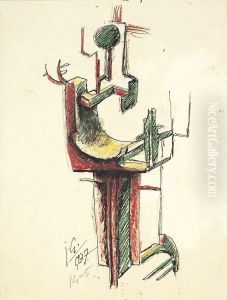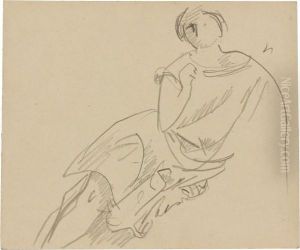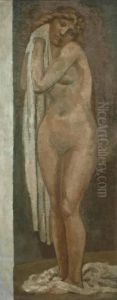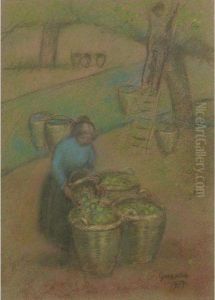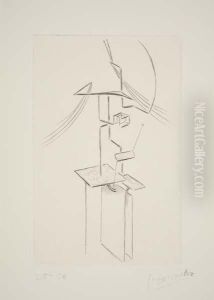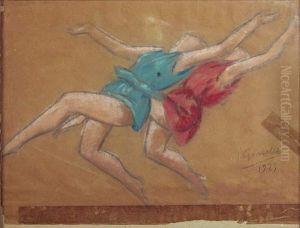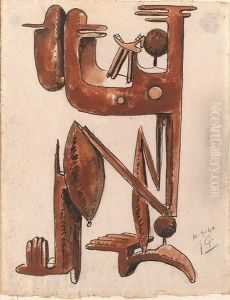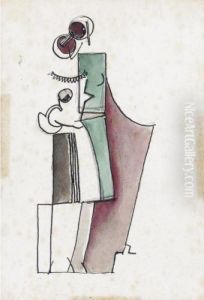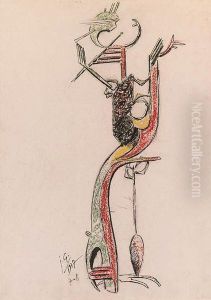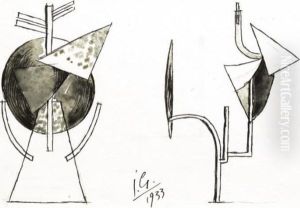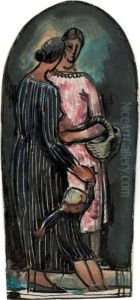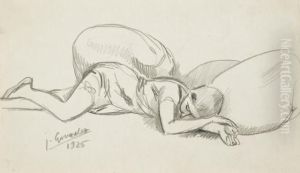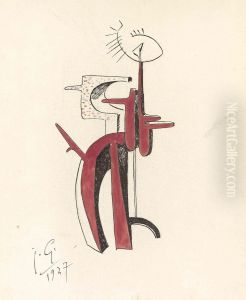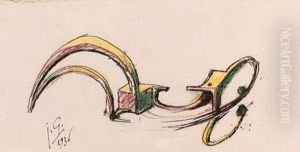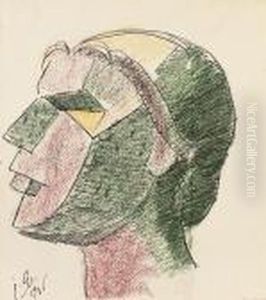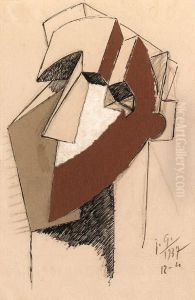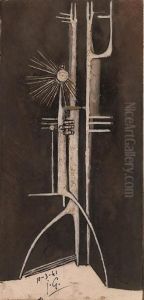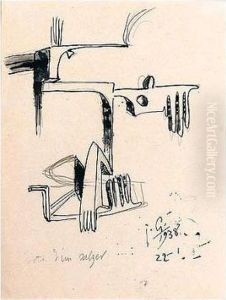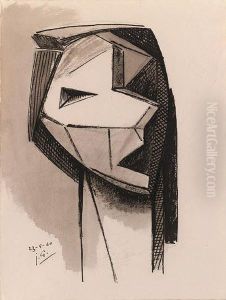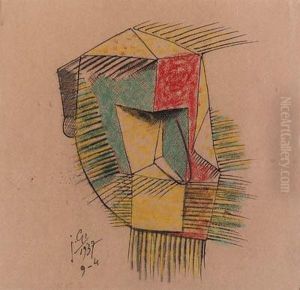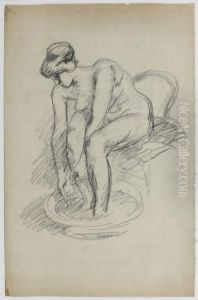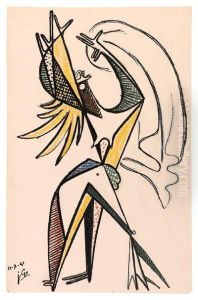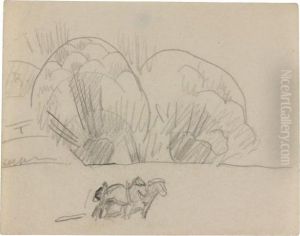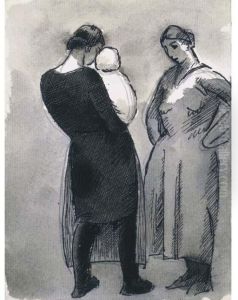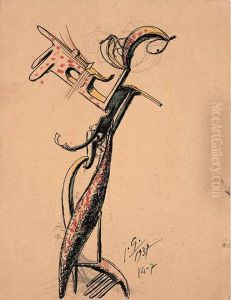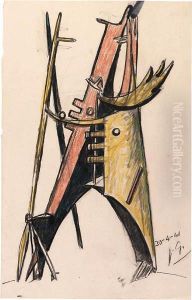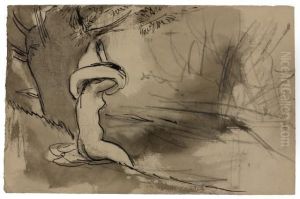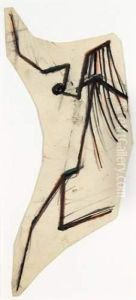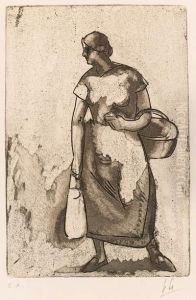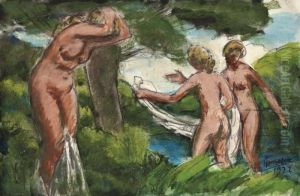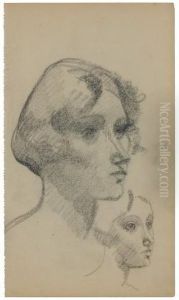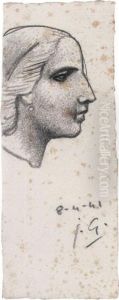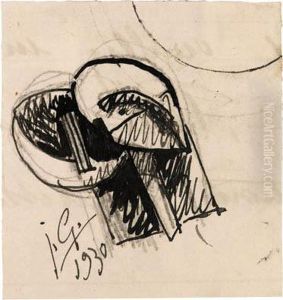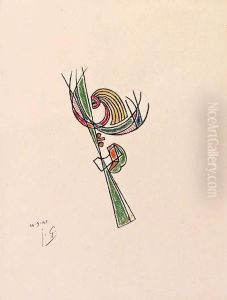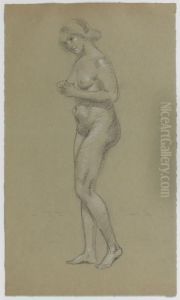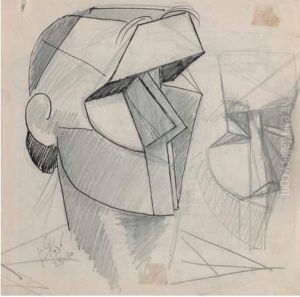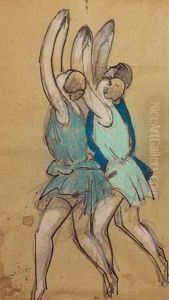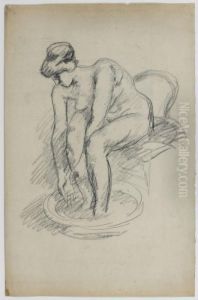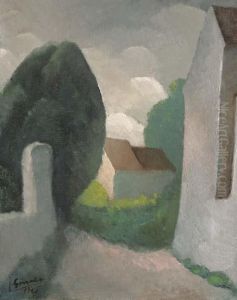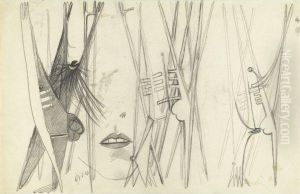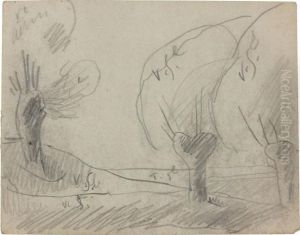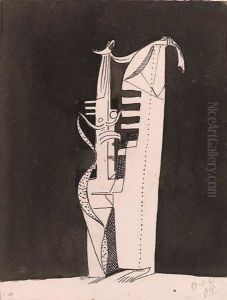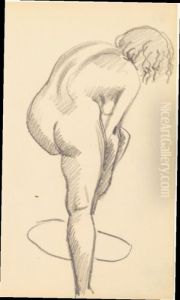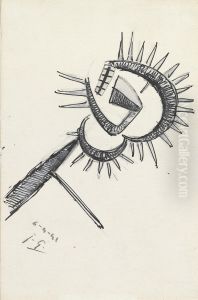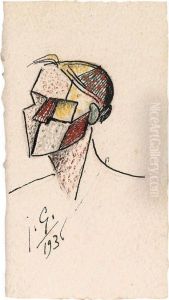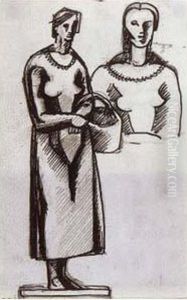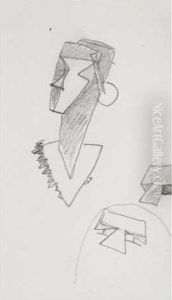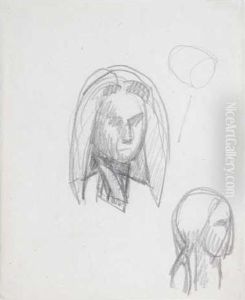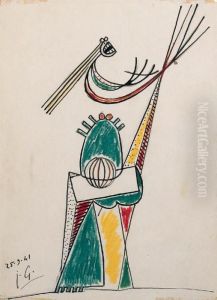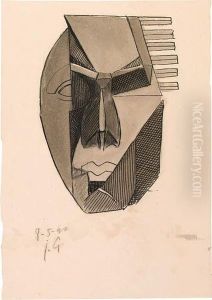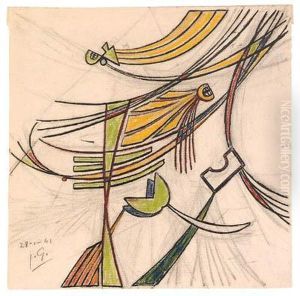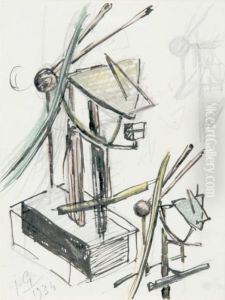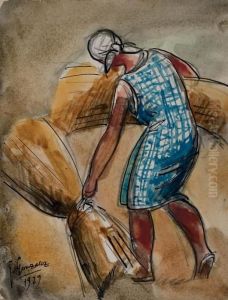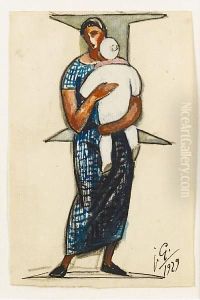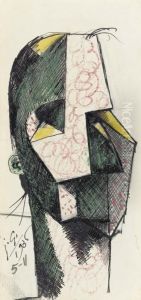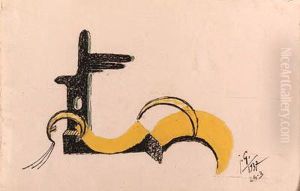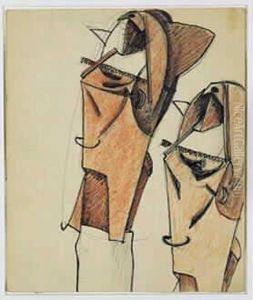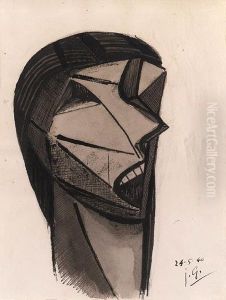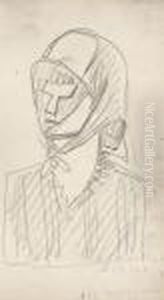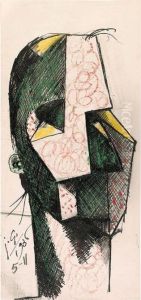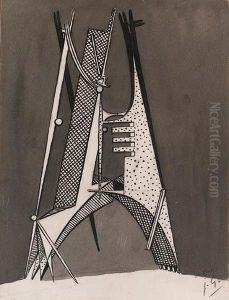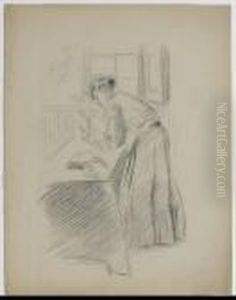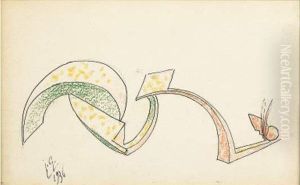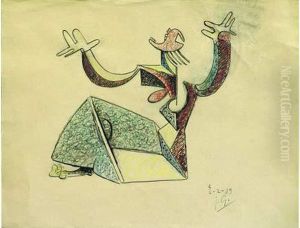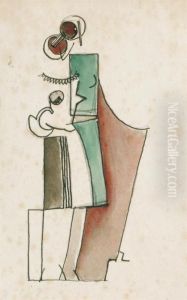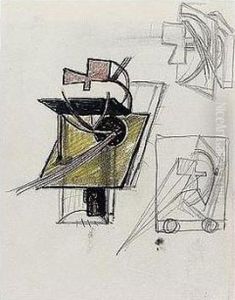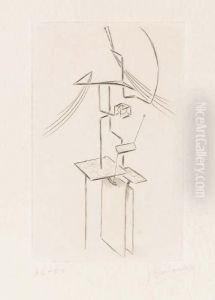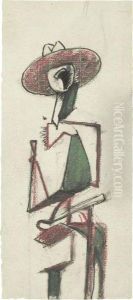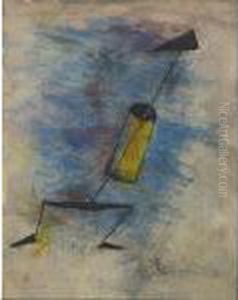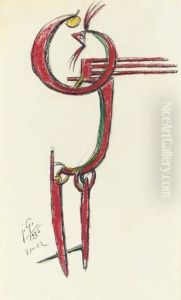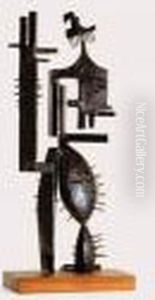Julio Gonzalez Paintings
Julio González was a pioneering Spanish sculptor and painter who played a significant role in the development of modern sculpture. Born on September 21, 1876, in Barcelona, Spain, González came from a family with a long tradition of metalworking; his father was a metal smith and his grandfather was a goldsmith. This early exposure to metalwork would profoundly influence his later artistic career.
González received his artistic training at the Círculo Artístico de Sant Lluc in Barcelona, and initially worked in a variety of mediums, including painting, drawing, and traditional sculpture. In 1900, he moved to Paris, which was then the epicenter of the avant-garde art world. There, he mingled with prominent artists, including his fellow countryman Pablo Picasso. Despite this, González struggled to gain recognition for his work in the early years of his career.
His artistic direction changed significantly in the 1920s when he began to focus on welding and the use of iron as a sculptural medium. This was a radical departure from traditional sculpture practices, and González is often credited with introducing the technique of welding to construct sculpture. This innovation allowed for a new form of expression in metal, and González's work from this period reflects a unique blend of abstraction and figuration.
González collaborated with Pablo Picasso in the creation of sculptural forms, and this partnership was instrumental in the development of both artists’ work in sculpture. It was through this collaboration in the 1930s that González's work began to gain more attention. His sculptures from this time show a mastery of metal, creating skeletal yet expressive forms that are both abstract and suggestive of the human figure.
During the Spanish Civil War and World War II, González's output decreased due to the difficult circumstances of the time. He passed away on March 27, 1942, in Arcueil, France, near Paris. Despite his death, González's influence persisted, and he is recognized as a significant figure in the history of modern art. His innovative approach to sculpting metal laid the groundwork for future generations of artists and established him as a key figure in the art movement of Constructivism. Today, Julio González's works are held in numerous museum collections around the world, and he is celebrated as a pioneer whose techniques and vision transformed the possibilities of sculpture.
